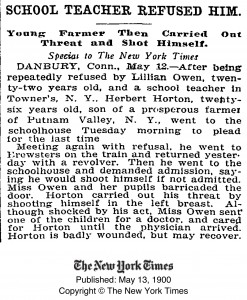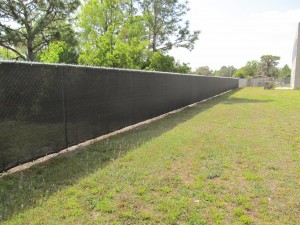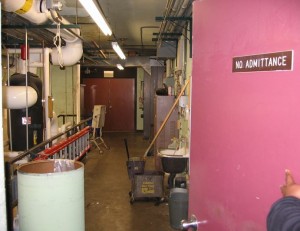
A Safe Havens analyst found this story of a successful school lockdown in 1900 while conducting research for a school security assessment for a Connecticut school district.
A couple of weeks ago, I was running school crisis scenarios as part of a large school security assessment project for faith-based schools. A teacher who was participating in the scenarios told us that he had been taken hostage in his school in the early 1990’s. After we finished with the scenario evaluation, our team had an extended conversation with the teacher. We found this to be extremely helpful, learning important details of the case. For example, the teacher had responded to the classroom because he was part of the school’s crisis team. Not being aware that a student was holding a room full of students hostage, he walked into the room. Once he realized that the student was holding a handgun, he moved towards the student in an attempt to disarm him. He told us that the student quickly produced a second handgun and pointed both firearms at him. Realizing that he had made a serious mistake, the teacher began talking to the student and was able to get him to release all of the students in the classroom. With the assistance of an administrator, the teacher was able to persuade the student to put down both guns and surrender. A Safe Havens analyst found this story of a successful school lockdown in 1900 while conducting research for a school security assessment for a Connecticut school district.
The 24 hour news cycle and school safety
Prior to the active shooter event at Pearl High School in Mississippi, school active shooter incidents rarely garnered extensive national media coverage. Media coverage relating to school shootings is now extensive. However, we regularly learn of major school safety incidents that have previously gone unnoticed outside the communities where they occur. As but one example, last year David Woodward from the Indiana School Safety Specialist’s Academy forwarded a copy of a newspaper article about a 1960 shooting rampage in his state. In this case, an elementary school principal opened fire in his school with a shotgun. Even though two teachers were killed, we have never before seen this incident listed in any report on school shootings. Had a School Safety Specialist from Indiana not tripped up on the event and passed it on to Director Woodward, few people outside the community would be aware of this tragedy.
Myths can kill
There are now many myths about school safety that result in ineffective strategies, dangerous experimental approaches and other negative outcomes. These often reduce the actual level of safety in schools. The dangerous claim that school lockdowns are ineffective combined with the significant number of injuries and pending litigation relating to one popular options-based active shooter training program demonstrate this concern. Since myths can and do result in injuries and deaths, educators and public safety officials should work diligently to address the range of school violence issues, not just those that garner the most media coverage.

